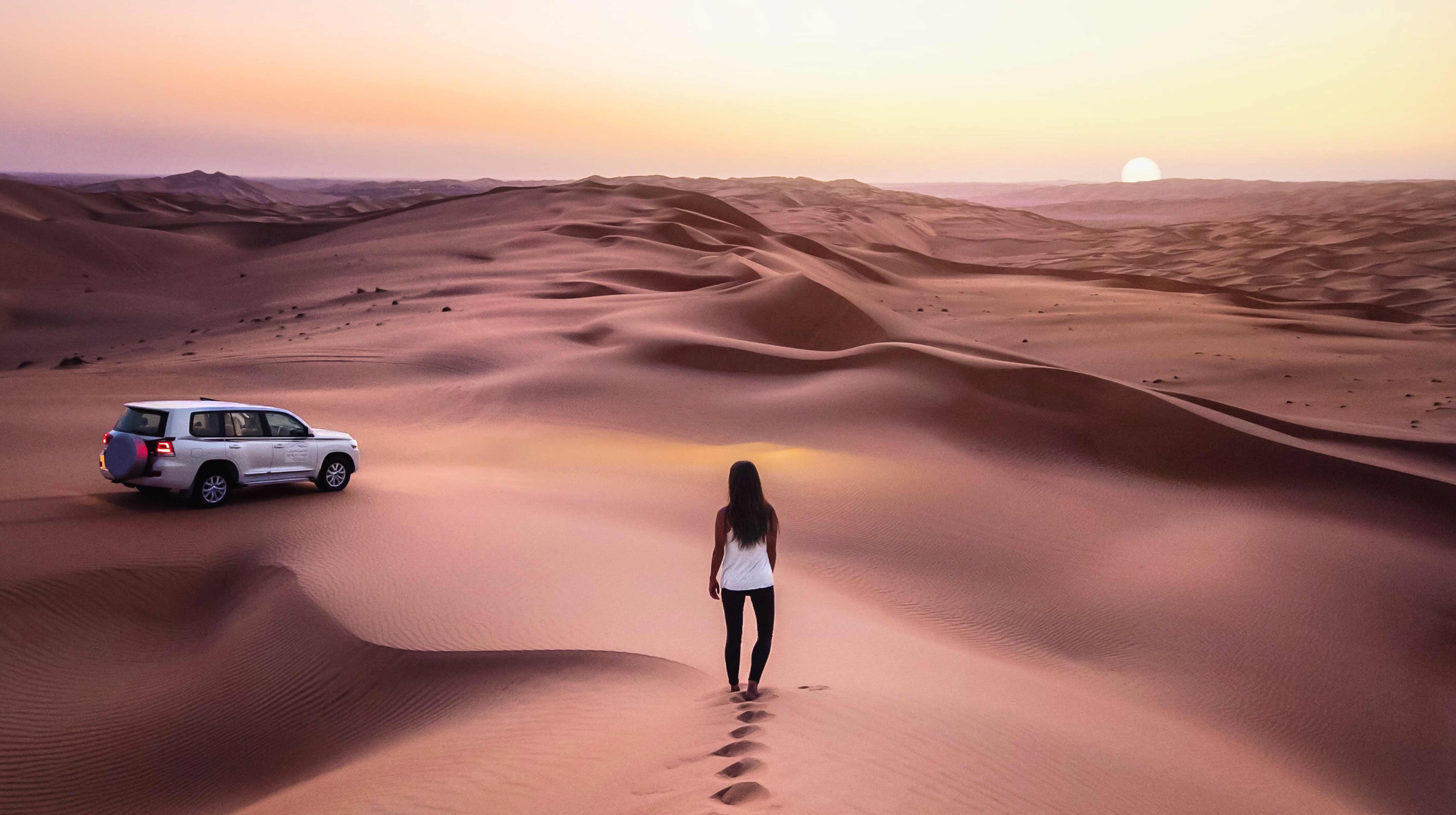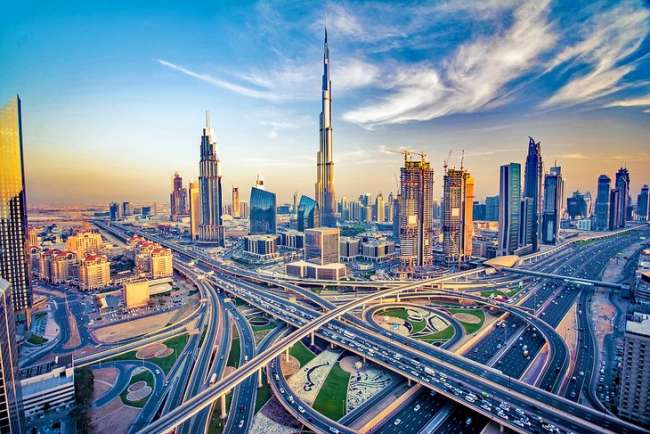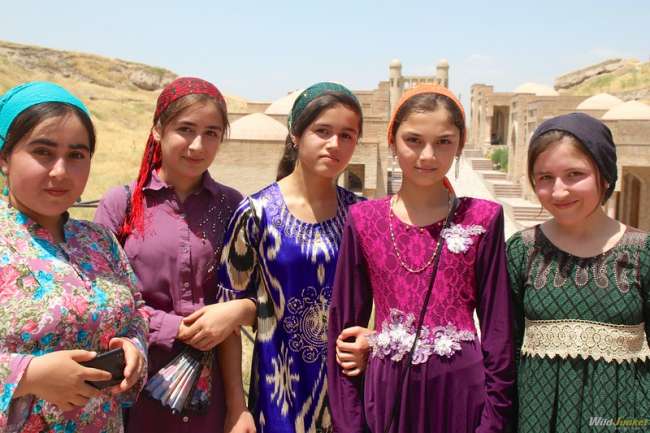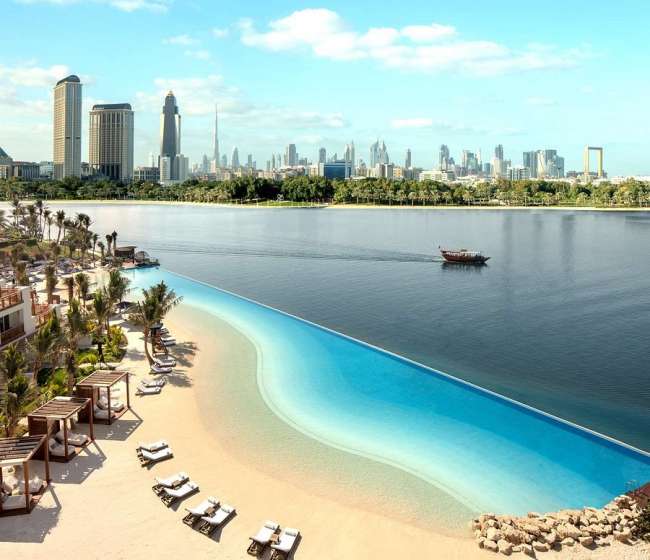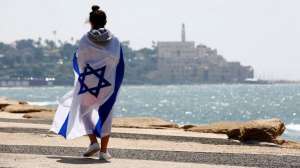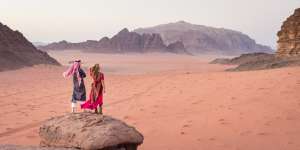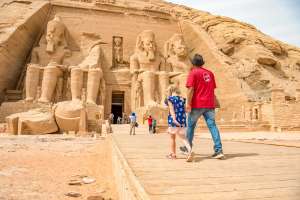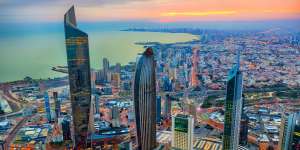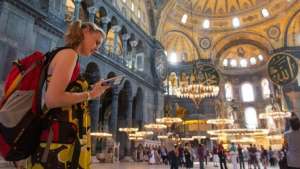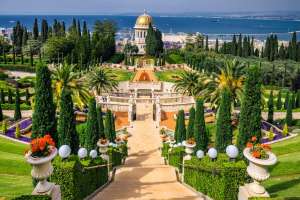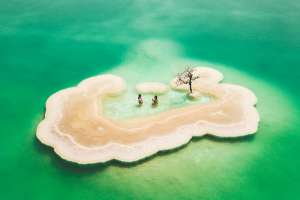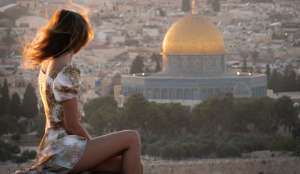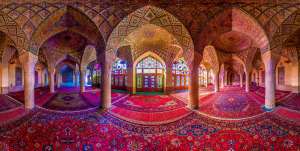For centuries, Saudi Arabia remained a land wrapped in mystery — a vast, golden expanse of deserts, mountains, and sacred cities that few outsiders were permitted to explore. Known as the spiritual heart of Islam and the birthplace of ancient civilizations, the Kingdom has long captured imaginations but kept its treasures hidden behind tradition and faith. Today, however, with the opening of its borders to tourism, a new chapter is unfolding. Travelers can finally witness the astonishing diversity, culture, and raw beauty that define this remarkable nation.
Stretching across most of the Arabian Peninsula, Saudi Arabia is far more than its deserts. It’s a country where modern cities gleam under the same sun that once guided ancient caravans; where prehistoric rock art shares the horizon with futuristic architecture; and where lush oases thrive between dunes that stretch to infinity. From the coral islands of the Red Sea to the towering escarpments of the Tuwaiq cliffs, every region tells a different story — one shaped by faith, endurance, and time.
The Kingdom’s landscape is as varied as its history. Here you can stand atop the Edge of the World, watch the sun rise over the Empty Quarter, dive among vibrant reefs in Umluj, or stroll through the narrow coral-stone alleys of Jeddah’s Al Balad. Every destination offers not just beauty, but perspective — a chance to see how deeply culture and nature intertwine in a land that has inspired poets, traders, and prophets for thousands of years.
As Saudi Arabia invites the world to rediscover its soul, it offers something few places still do: authenticity untouched by time. These are the 15 most beautiful places to visit in Saudi Arabia — where ancient history meets modern vision, and where every traveler finds something unforgettable waiting beneath the desert sun.
The Empty Quarter
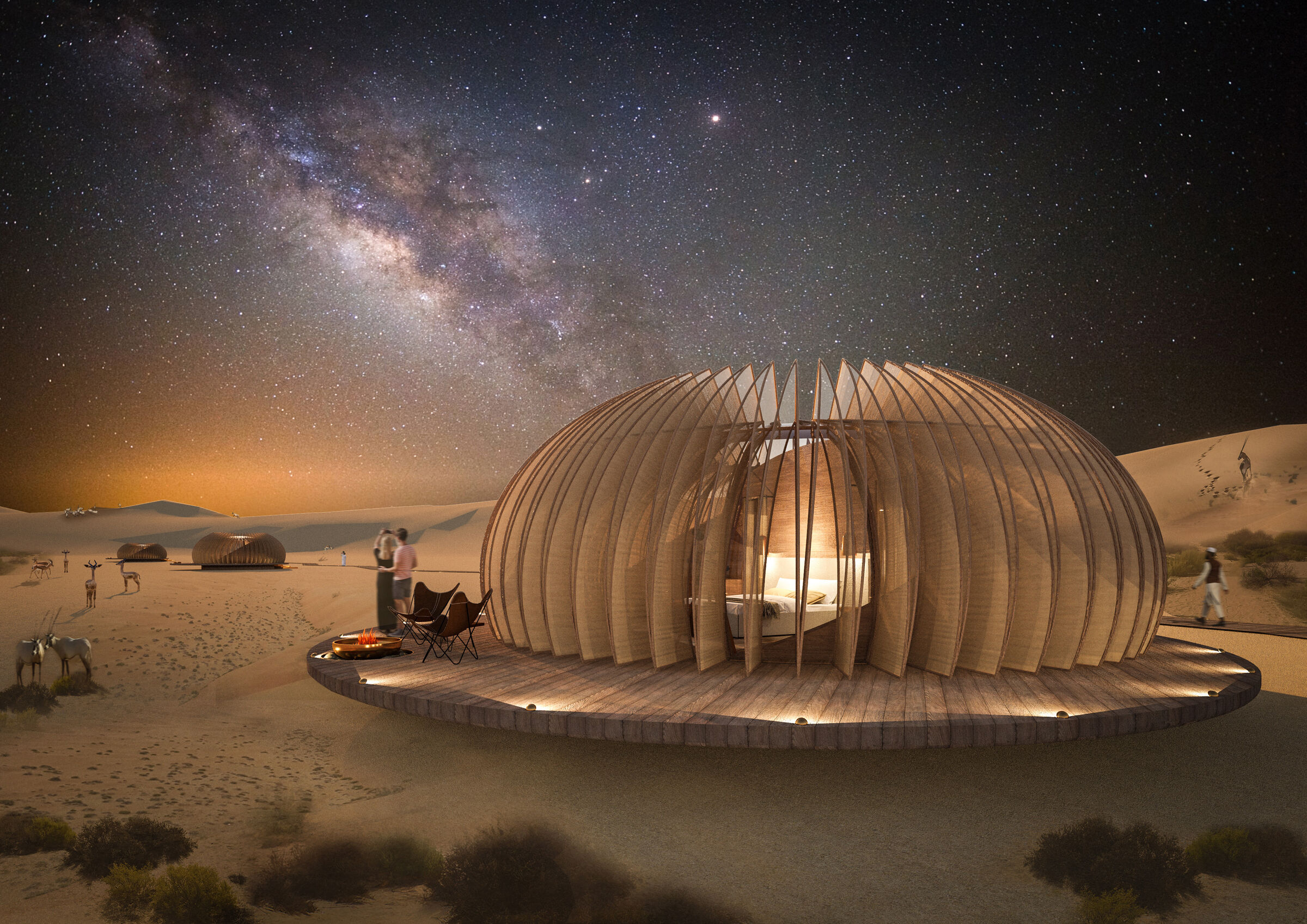
The Rub' al Khali — or “The Empty Quarter” — is an ocean of sand that stretches across 250,000 square miles, making it the largest continuous sand desert on Earth. The name itself translates to “Quarter of Emptiness,” yet this desolate landscape is far from lifeless. Shifting dunes rise and fall like waves, their shapes transformed daily by the wind.
This vast expanse stretches across Saudi Arabia, Oman, the United Arab Emirates, and Yemen, covering a territory of extremes where temperatures soar and silence reigns. Adventurous travelers can retrace the legendary 1930 expedition of explorer Bertram Thomas by joining a 4x4 desert journey across the golden dunes. Nights here are spectacular — imagine setting up camp beneath a star-filled sky, a campfire glowing softly against the wind-carved sands, and waking before dawn to watch sunlight paint the horizon in hues of amber and rose.
It’s an experience that feels timeless — raw nature at its most profound, humbling visitors with the sheer magnitude of the desert’s beauty.
Hegra

Rising dramatically from the heart of the desert, Hegra — also known as Al-Hijr or Madain Salih — is one of Saudi Arabia’s most extraordinary archaeological sites. Carved into sandstone cliffs near AlUla, its 131 monumental tombs stand as silent sentinels of an ancient civilization. Built by the Nabataeans, the same people who created Petra in Jordan, these intricately sculpted facades date back to the first century AD.
While Petra has become a global icon, Hegra remains a tranquil treasure, a place where the whispers of history can still be heard in the wind that sweeps through its canyons. Fewer crowds mean visitors can explore the tombs in solitude, marveling at their symmetry and artistry. The carvings tell stories of power, faith, and trade, for this was once a thriving crossroads of commerce connecting Arabia with the Mediterranean world.
Today, Hegra is gaining recognition as one of the jewels of Saudi tourism. New sustainable lodges and luxury desert camps are being developed by brands such as Aman, Banyan Tree, and Habitas, offering travelers the rare chance to sleep amidst history while respecting the fragile desert environment. It’s a place where ancient mystery meets modern vision.
Edge of the World

Just northwest of Riyadh lies a geological wonder aptly named the Edge of the World. From its towering cliffs, the land drops away into an endless panorama of rocky valleys and plateaus, creating one of the most breathtaking views in the entire Arabian Peninsula. Standing at the edge, you truly feel as though the world extends infinitely before you.
The escarpment is part of the Tuwaiq cliffs, which stretch for hundreds of kilometers through the desert. It’s a haven for photographers, especially at sunset when golden light spills across the fossil-studded rocks, revealing layers of history etched into stone. The silence here is profound — a vast stillness broken only by the whisper of the wind.
Travelers can hike or drive up to various viewpoints, each offering a slightly different perspective of the landscape’s immensity. Whether you come for adventure, solitude, or reflection, the Edge of the World delivers a sense of awe that words can barely capture.
Umluj
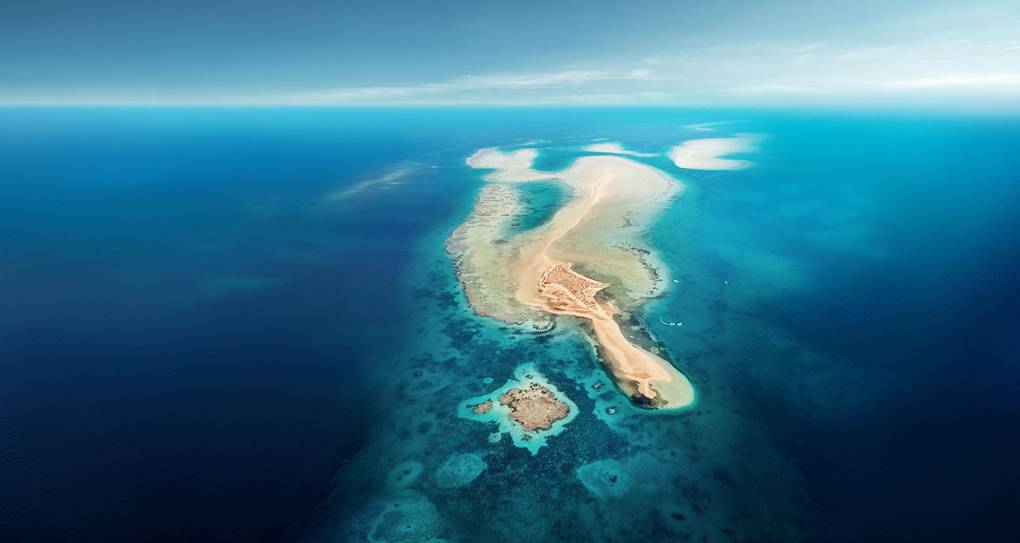
Known affectionately as the “Maldives of Saudi Arabia,” Umluj is a coastal paradise that few outside the Kingdom have yet to discover. Just north of Yanbu on the Red Sea coast, it is surrounded by over a hundred tiny islands — 104 in total — scattered like pearls across shimmering turquoise waters.
This area is a sanctuary for marine life and a dream for ocean lovers. Visitors can set sail on small boats to explore uninhabited islands such as Jabal Hassan, where white sand beaches and coral reefs await. The sea teems with dolphins, sea turtles, and colorful fish — more than 1,200 species — while 300 types of coral form dazzling underwater gardens.
Unlike the crowded resorts of Egypt’s Sharm El Sheikh, Umluj’s charm lies in its peaceful simplicity. You can snorkel, fish, or simply float beneath the sun in an untouched natural aquarium. Sustainable resorts are being developed on select islands, but much of Umluj remains gloriously pristine, a glimpse of what the Red Sea once was before modern tourism.
Jeddah Corniche
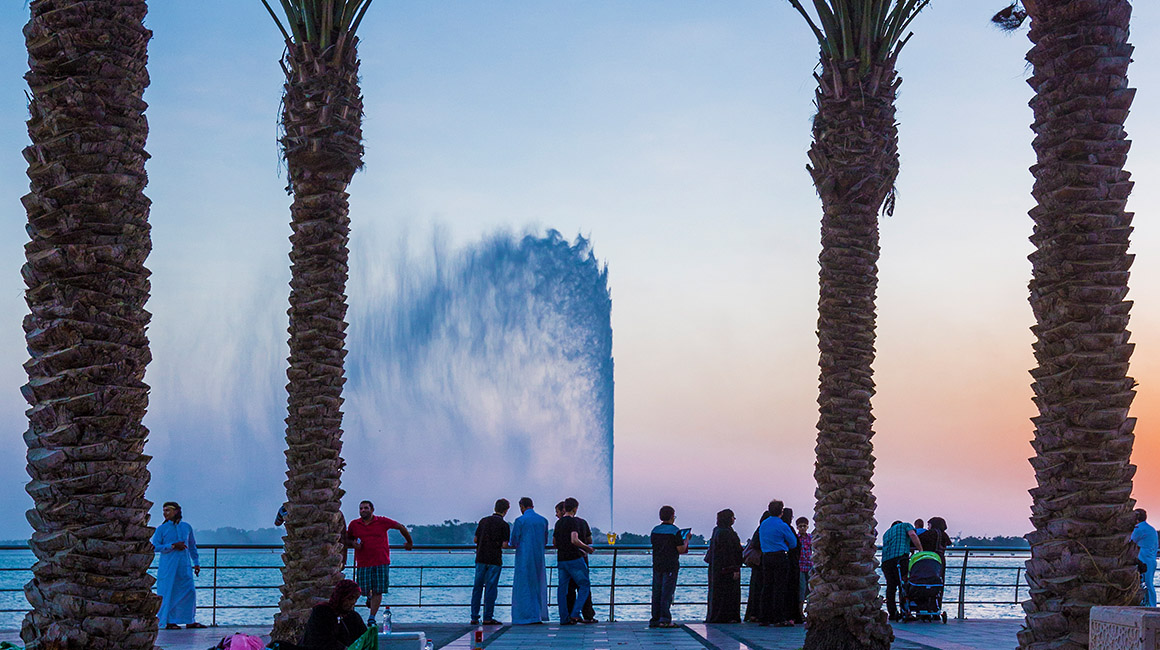
Stretching along the sparkling Red Sea, the Jeddah Corniche is a masterpiece of coastal beauty and urban design. It’s where locals and visitors alike come to walk, relax, and watch the sun melt into the horizon. Few sights are as captivating as the golden orb of the sun sinking behind King Fahd Fountain — the tallest fountain in the world — its spray shimmering in the fading light.
Evenings along the Corniche reveal a different charm. The Mamluk-style lamps on Al Andalus Street begin to glow, reflecting softly against the sea, while the famous Floating Mosque — its white domes appearing to hover above the water — creates a picture-perfect scene of serenity.
The Corniche captures the modern, cosmopolitan spirit of Jeddah, blending leisure, culture, and spirituality in one vibrant stretch. Whether you’re photographing pastel sunsets, tasting local seafood, or simply strolling with a sea breeze in your face, this is the city’s beating heart — a place that never loses its warmth.
Dhee Ayn Village

Dhee Ayn Village, often called the “Marble Village,” is one of Saudi Arabia’s most visually striking historical settlements. Perched on a hilltop surrounded by rugged mountains in the Al-Baha region, this 400-year-old village gleams under the sun with its pale stone buildings standing out dramatically against the dark backdrop of the surrounding cliffs.
Wandering through Dhee Ayn feels like stepping back in time. The narrow alleys weave between houses built from local slate and limestone, designed to stay cool in summer and warm in winter. From afar, the village appears as a natural extension of the mountain itself — a breathtaking fusion of architecture and landscape.
At sunset, the magic intensifies. The fading sunlight brushes across the marble-like walls, turning them golden while shadows spill down into the valley below. Photographers and history enthusiasts alike find it irresistible, especially as restoration projects have begun breathing life back into the site. It’s a rare glimpse into the Kingdom’s architectural past and a symbol of endurance in the face of time.
Asfar Lake
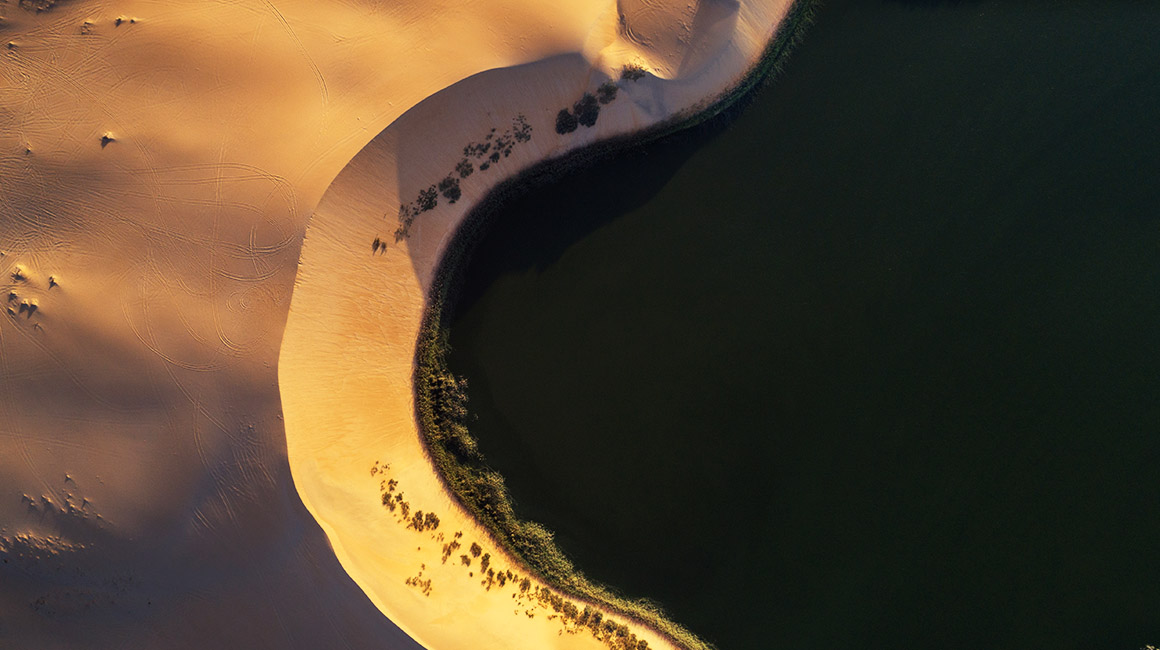
Also known as the Yellow Lake, Asfar Lake lies hidden within the dunes near Al-Ahsa, offering a surprising contrast of deep blue water against golden sands. This striking lake is a natural wonder formed by the convergence of underground springs and desert terrain — a place that seems almost unreal in its beauty.
From above, the lake shimmers like a gemstone set within a sea of sand. Visitors often climb the surrounding dunes to admire the color shifts as the sun moves through the sky — from bright gold at midday to fiery orange and pink at sunset. The reflection of the sky on the tranquil surface creates a painterly scene that changes with every minute.
Despite its isolation, Asfar Lake teems with life. Migratory birds stop here during their long journeys, and the desert plants around the water’s edge provide a lush touch of green. It’s a peaceful, almost meditative destination — ideal for travelers seeking quiet beauty and the chance to see Saudi Arabia’s softer, more surprising side.
Al Disah Valley

Hidden in the northwest of Saudi Arabia, Al Disah Valley feels like something out of a fantasy world. Towering sandstone pillars rise into the sky, framing a valley filled with palm groves, small streams, and ancient carvings. It’s a landscape that rivals Jordan’s Wadi Rum in scale and grandeur but remains far less visited.
At sunrise and sunset, the canyon walls glow in warm shades of copper and crimson, creating a dreamlike palette that photographers adore. Exploring the valley on foot or by 4x4 allows travelers to fully appreciate its enormity — from the winding paths that snake between the cliffs to the clear pools that reflect the rock formations above.
Locals often describe Al Disah as a “valley of miracles,” and it’s not hard to see why. Beyond its raw natural beauty, it also holds remnants of ancient civilizations and rock inscriptions, offering glimpses into the Kingdom’s prehistoric past. Whether for adventure, photography, or serenity, Al Disah remains one of Saudi Arabia’s most majestic hidden gems.
Al Balad, Jeddah
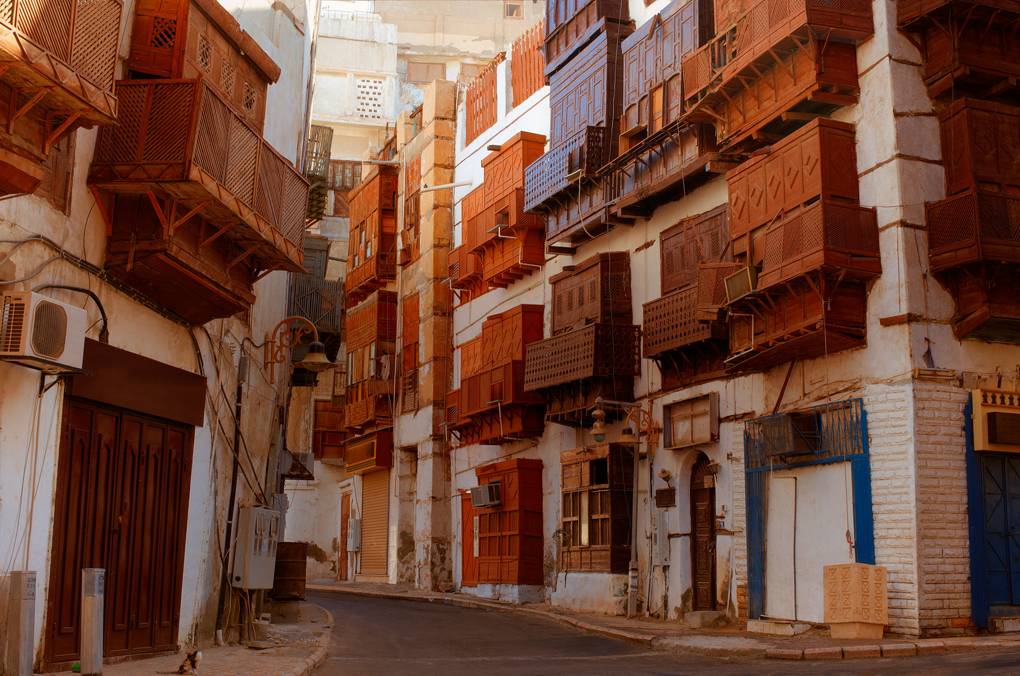
The historic district of Al Balad in Jeddah captures the soul of old Arabia. Designated as a UNESCO World Heritage Site, this labyrinth of narrow alleys, coral-stone houses, and spice-scented souqs tells the story of a city that has long been the gateway to Mecca.
Founded in the 7th century, Al Balad was once a bustling hub for merchants and pilgrims arriving by sea. Today, it continues to hum with life, blending history with a creative revival. Wander past traditional bakeries and oud perfume shops, or lose yourself in Souq Al Alawi, one of the largest markets in the Kingdom.
Many of Al Balad’s grand old mansions have been lovingly restored. The most famous, Nasseef House, now serves as a museum and cultural center where exhibitions and lectures bring history into the modern era. Around it, workshops craft mangour wooden latticework — a traditional art form unique to Jeddah — while cafés and galleries infuse new energy into the district.
Al Balad isn’t just a preserved relic; it’s a living part of the city’s heartbeat, reminding visitors that heritage and progress can coexist beautifully.
Farasan Island
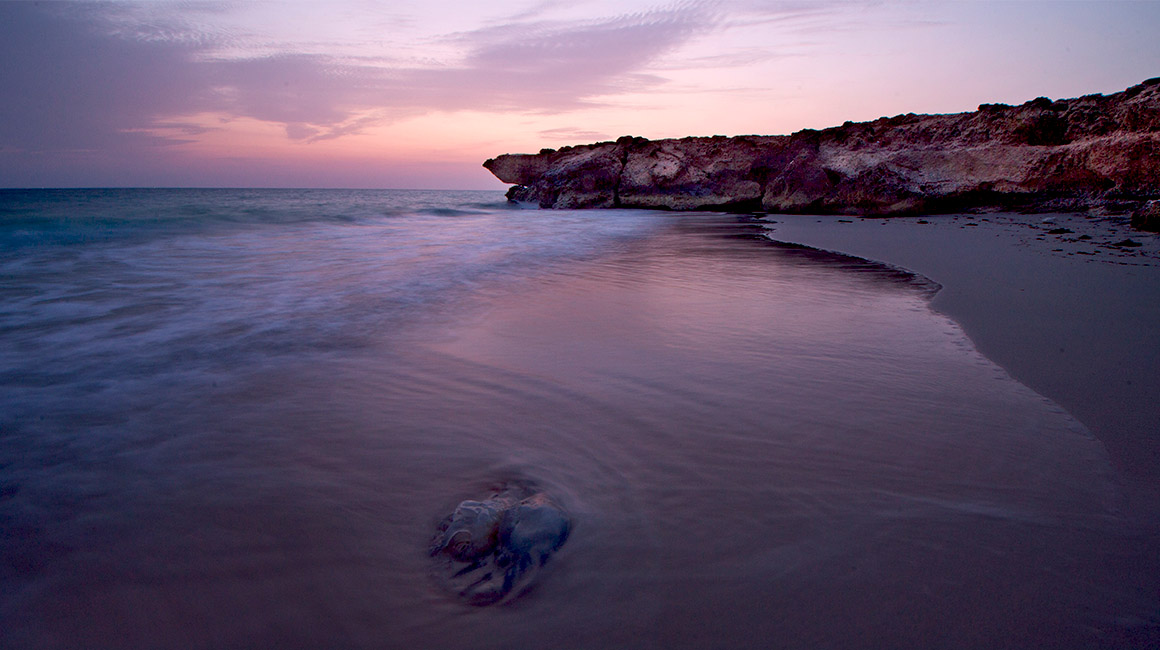
Farasan Island, located off the coast of Jizan in the southern Red Sea, is a paradise for those who crave tranquility and untouched beauty. The largest of more than 80 islands, it offers white sandy beaches, turquoise waters, and coral reefs alive with marine life.
Days on Farasan are spent exploring — snorkeling over bright coral gardens, visiting historical ruins such as Beit Al Refai (a coral stone house built in the 19th century), or simply watching dolphins leap through the waves. As evening approaches, the island becomes an artist’s canvas. The sun sinks low, casting long shadows across fishing boats and turning the sky into shades of rose and violet.
It’s a photographer’s dream and a nature lover’s retreat, where time slows and the only soundtrack is the rhythm of the sea. For travelers who want a Red Sea experience without crowds, Farasan remains a pristine and unforgettable escape.
Al Wahbah Crater

Deep in the desert northwest of Taif lies one of Saudi Arabia’s most dramatic natural wonders: the Al Wahbah Crater. Nearly two kilometers wide and 250 meters deep, this volcanic crater stuns visitors with its otherworldly beauty.
At its center lies a gleaming white salt pan, which catches the light and changes color with the sky. Hiking down into the crater offers a surreal experience — a journey into a place that feels both lunar and terrestrial. The climb back to the rim is challenging but rewards adventurers with breathtaking views, especially at sunset when the light paints the crater’s edge in gold and crimson.
Once believed to have been formed by a meteor impact, scientists now know that Al Wahbah is volcanic in origin. Its stark yet mesmerizing landscape captures the raw power of the Earth’s natural forces. This is not just a geological marvel but also a spiritual one — a reminder of how nature humbles even the boldest explorer.
Diriyah
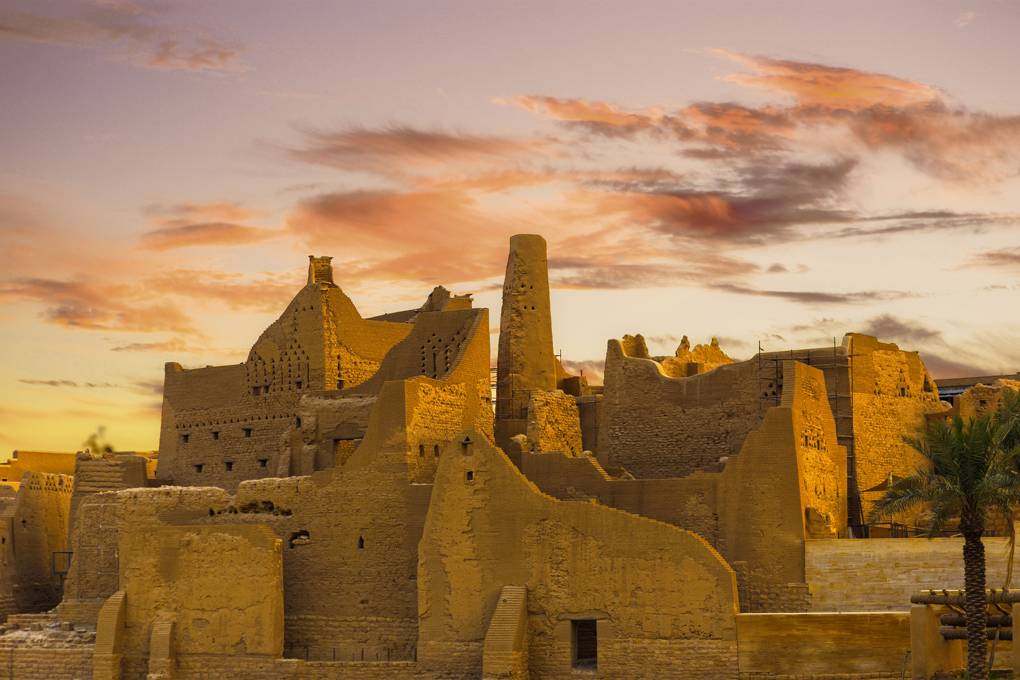
Diriyah, often described as the cradle of the Saudi state, stands as one of the most culturally significant places in the Kingdom. Nestled on the outskirts of Riyadh, this ancient desert city flourishes along the green oasis of Wadi Hanifa — a sharp contrast to the surrounding arid landscape. Once a vibrant crossroads for traders, pilgrims, and scholars, Diriyah served as the original home of the royal Al Saud family and the birthplace of the first Saudi state in the 18th century.
Walking through Diriyah today feels like stepping into a living museum. Its mud-brick architecture has been carefully restored, revealing the elegant beauty of Najdi design — geometric patterns, wooden doors, and courtyards shaded by palm trees. The Salwa Palace, one of the site’s grandest structures, offers a window into the past with exhibits that explore the formation of the Kingdom and its early alliances.
Around the historic core, modern cafés, traditional restaurants, and cultural centers breathe new life into the district. Visitors can enjoy dishes like gereesh bil laban — cracked wheat simmered in a tangy yogurt sauce — served amid the scent of fresh dates and Arabic coffee. Diriyah isn’t just a relic of history; it’s a vibrant gathering place that unites heritage with hospitality, honoring the Kingdom’s roots while embracing its future.
Al Soudah

High in the Asir Mountains near Abha, Al Soudah reveals a side of Saudi Arabia that few expect — cool, misty peaks covered in juniper forests and alive with birdsong. At over 3,000 meters above sea level, it’s the Kingdom’s highest point and a beloved escape from the desert heat.
The views here are jaw-dropping. From the summit of Jabal Sawda, the mountains unfold in layered shades of green and gray, stretching toward the horizon like waves frozen in motion. As the sun sets, the peaks catch fire with golden light while the valleys below fade into deep blue shadow. It’s a spectacle that photographers and nature lovers treasure.
Adventure seekers can hike through the trails that wind through the forest, paraglide over dramatic cliffs, or simply enjoy a picnic surrounded by the cool mountain air. Local tribes still inhabit nearby villages, preserving traditional crafts and music that reflect the region’s unique culture. Al Soudah reminds travelers that Saudi Arabia is a land of immense diversity — a country where snowy mountaintops and blazing deserts can exist within the same borders.
Tarout Castle
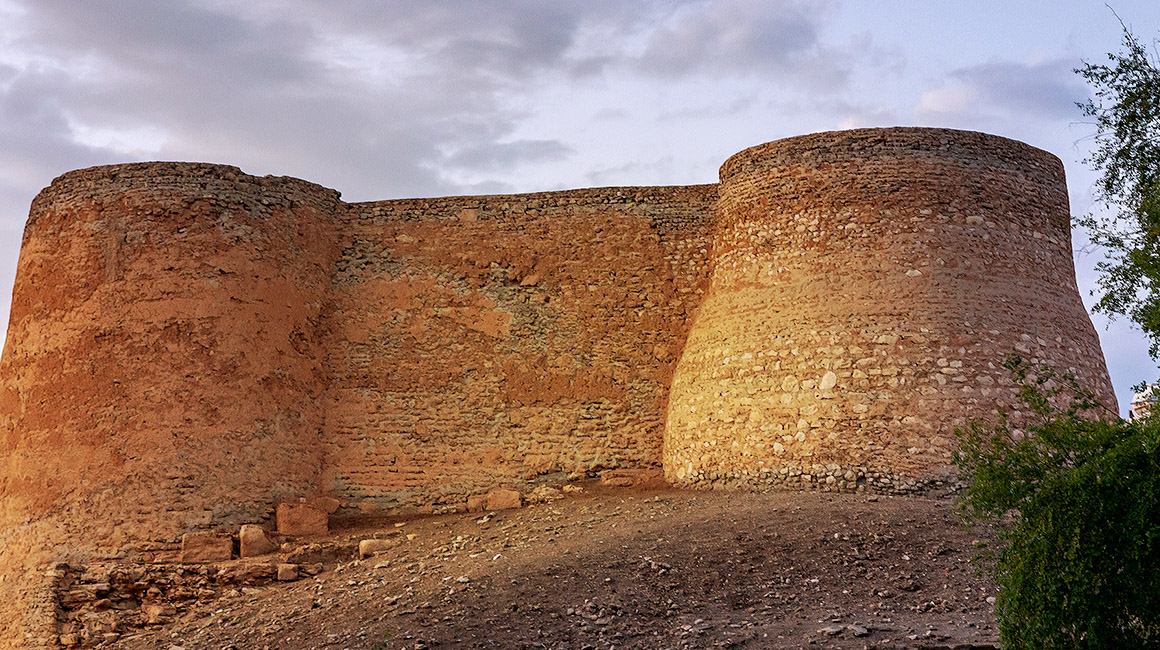
Located on Tarout Island in the Eastern Province, Tarout Castle stands as one of the oldest fortresses in the Arabian Gulf. Believed to date back more than a thousand years, it once served as a defensive stronghold guarding the island’s strategic harbor. The castle’s weathered stone walls and round towers still command views of the surrounding palm groves and sea — a striking reminder of Saudi Arabia’s ancient coastal history.
As the sun sets, the castle glows with a warm amber light, its reflection shimmering in puddles that collect during the brief rainy season. From its elevated vantage point, visitors can admire sweeping views across the island, including the mosque just below whose silhouette becomes especially beautiful at dusk.
Beyond its historical significance, Tarout is known for its blend of folklore and archaeological discovery. Artifacts found in the area suggest that it was inhabited as far back as 5,000 BC, making it one of the oldest continuously settled sites in the region. Exploring the castle and its surroundings feels like uncovering forgotten pages of Arabian history — quiet, powerful, and timeless.
Green Arts Park

Among the modern attractions of the Kingdom, Green Arts Park in King Abdullah Economic City stands out for its whimsical charm. Unlike the sweeping deserts or mountain landscapes elsewhere, this park is a creative celebration of nature and imagination. Hedges and trees are trimmed into delightful shapes — camels, gazelles, birds, and other creatures — transforming the area into a living gallery of greenery.
Visitors come here to unwind, stroll along its walkways, or take playful photographs among the leafy sculptures. As evening falls, the setting sun casts a warm glow across the park, and the trimmed figures come alive in silhouette, their shadows stretching across the manicured lawns.
For travelers exploring the modern face of Saudi Arabia, Green Arts Park offers a lighthearted break — a reminder that beauty here comes in many forms, from ancient ruins to contemporary creativity. It’s a spot where families gather, children laugh, and visitors end their journey on a refreshing note of joy and serenity.
Saudi Arabia’s landscape is as diverse as it is vast — from endless dunes and volcanic craters to lush highlands and coral-ringed islands. Each destination holds its own story, blending natural wonder with human heritage. As the Kingdom continues to open its doors to the world, these places invite travelers not just to witness beauty, but to experience the deep cultural heartbeat of a nation redefining its future while treasuring its past.


